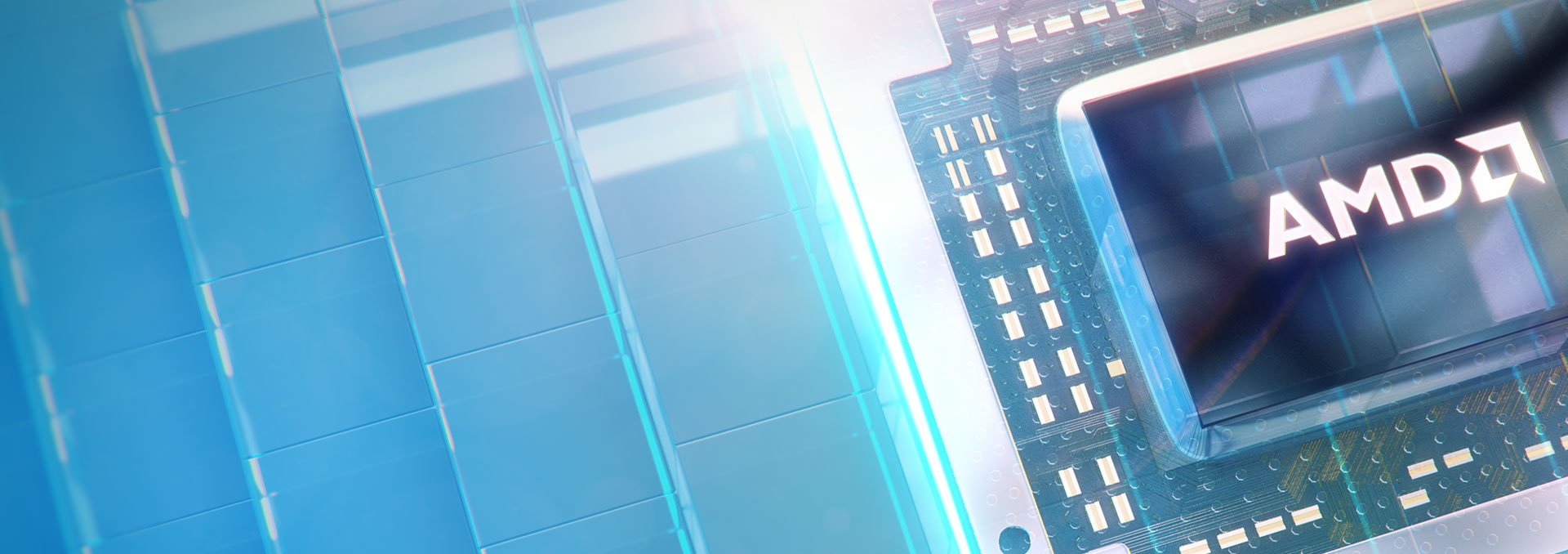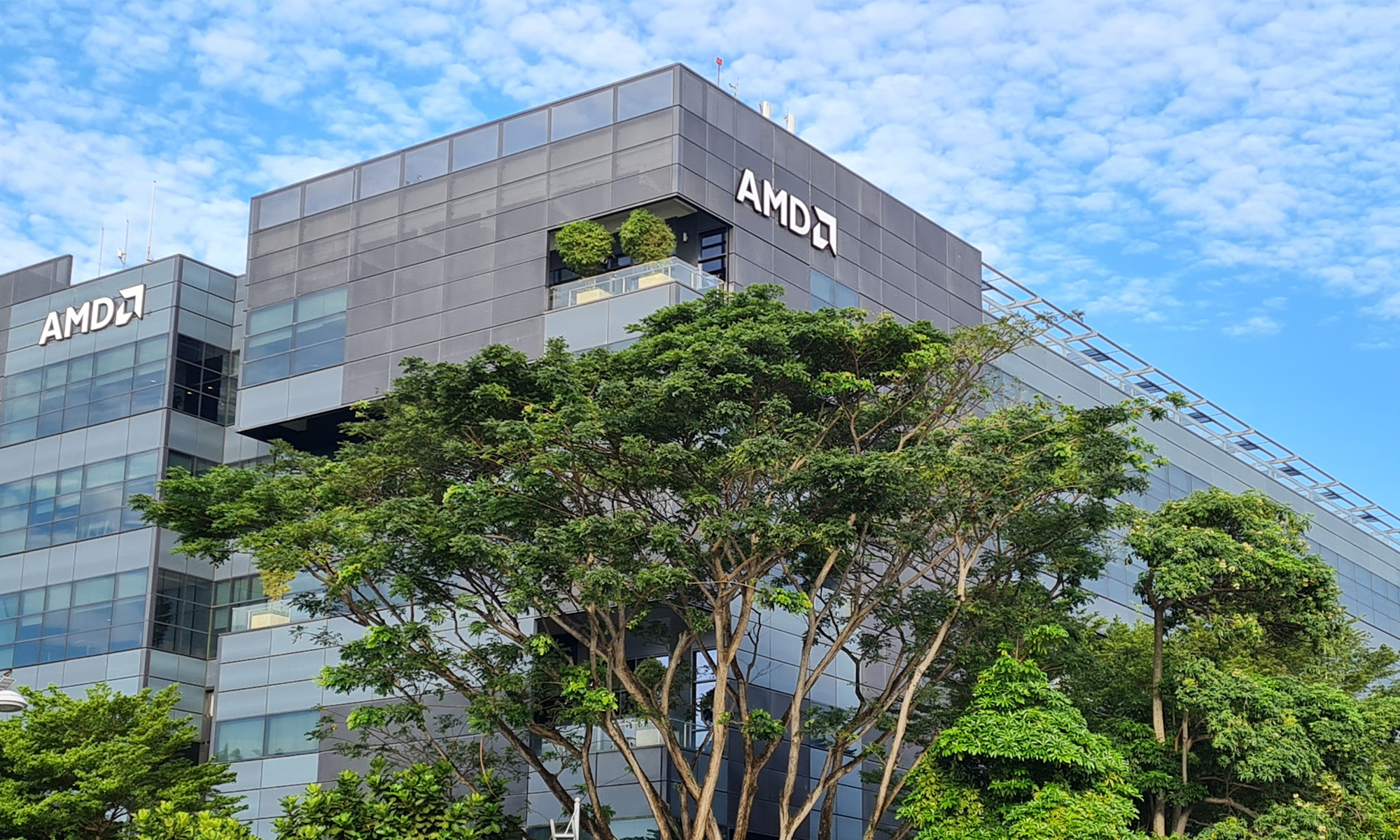
Image source: AMD.
Advanced Micro Devices (AMD +6.17%) beat analyst estimates on all fronts when it reported its third-quarter results on Oct. 20. The company posted double-digit revenue growth along with a non-GAAP (adjusted) net profit, both signs that AMD's turnaround is making tangible progress.
During AMD's earnings conference call, CEO Lisa Su and CFO Devinder Kumar provided some additional commentary on the company's performance. Here are four key quotes, taken from the transcript provided by Thomson Reuters, that investors need to see.
Polaris is driving growth
AMD's first Polaris graphics cards launched at the very end of the second quarter, so the company's third-quarter results offer the first indication of how the new products are faring. According to Su, Polaris has been a success so far:
In graphics, we had a very strong quarter, with discrete GPU revenue and unit shipments growing by double-digit percentages sequentially and year-over-year. The launch of our expanded family of Polaris desktop GPUs, and our first full quarter of RX 480 sales drove our highest quarterly channel GPU revenue and ASP since early 2014. Radeon RX GPUs now account for more than 50% of our channel GPU revenue.
It was toward the end of 2014 when AMD's graphics business went off the rails. A lack of competitive products, particularly at the high end of the market, led rival NVIDIA (NVDA +3.80%) to scoop up share, relegating AMD to also-ran status. AMD has been clawing back market share for the past few quarters, and it now seems that Polaris will help continue that trend.
AMD's focus on the mainstream graphics market with Polaris has allowed NVIDIA to essentially run away with the high-end portion of the market. For AMD, winning back market share has been the No. 1 priority, and temporarily ceding the high end is likely a sacrifice worth making. Vega, AMD's upcoming high-end graphics architecture, is set to launch sometime next year.
Much-needed debt relief
One of the major barriers to profitability for AMD has been its balance sheet, which featured more than $2 billion of debt at the end of the second quarter. This translates into annual interest payments of roughly $160 million.
During the third quarter, AMD took advantage of its soaring stock price to raise cash. As Kumar explained, the result is a less precarious financial situation:
Debt as of the end of the quarter was $1.6 billion, down from the prior quarter, due to our significant debt reduction effort. During the third quarter, we raised approximately $1.4 billion in cash, as a result of issuing $690 million of common stock, which includes the exercise of an underwriter's option to purchase 15% or $90 million of additional common stock, and the issuance of $700 million in 2 1/8% convertible notes due in 2026.
AMD expects its annualized interest expense to be reduced by approximately $55 million beginning in the fourth quarter. Higher revenue will ultimately be required to bring AMD back into the black on a GAAP basis, but lower interest payments certainly help the cause.
An R&D conundrum
AMD slashed spending on research and development over the past few years as it grappled with collapsing revenue. In 2015, AMD spent just $947 million on R&D, down from $1.45 billion in 2011. NVIDIA, which focuses solely on graphics products, now outspends AMD in this area.
Su sees this trend potentially reversing going forward:
So I think we have an opportunity to invest a bit more in R&D as our revenue grows, but we're still going to be very prudent with how we do that. I think the key metric there in terms of being net income profitable this quarter, ensuring that we get free cash flow positive from operations for the full year, those are all important metrics for us, and we're going to continue to manage very diligently.
AMD faces a difficult challenge. The company needs to show that it can return to profitability, but it also needs to invest in the future to ensure that it doesn't fall behind. Cutting R&D spending can boost short-term profits, but it can also wreak havoc on the company's long-term competitiveness. Finding the right balance will not be an easy task for management in the coming years.
No semi-custom updates
While AMD's computing and graphics segment still posted an operating loss during the third quarter, the semi-custom segment grew both revenue and profit. Beyond AMD's initial game console wins, the company has announced three additional semi-custom design wins, and some of those wins are now contributing revenue. Unfortunately, Su had nothing new to announce on the semi-custom front:
I will say that we previously announced three, and that's the number that we'll talk about today. Two of them are now known, and they're both in the game console area, one is outside of game console. I will say that we have some very good active discussions on future products and applications, and we'll update more as we get further along.
With two of the new semi-custom design wins being game consoles, the company remains dependent on a market that tends to peak a few years after a new console is launched and then decline until the next generation begins. The semi-custom business will need to be more diversified for it to be a real long-term growth driver for the company.







